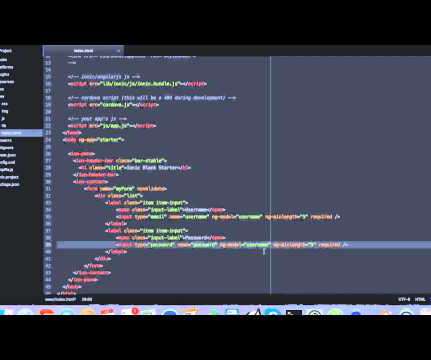How to Monitor TextView Changes in Android
DZone
AUGUST 7, 2015
Some form-based applications need to continuously monitor for text changes to perform the front-end form validations. This can be achieved by implementing the android.text.TextWatcher interface. The TextWatcher interface provides the following three callback methods, that are called while the text view is being updated.


















Let's personalize your content